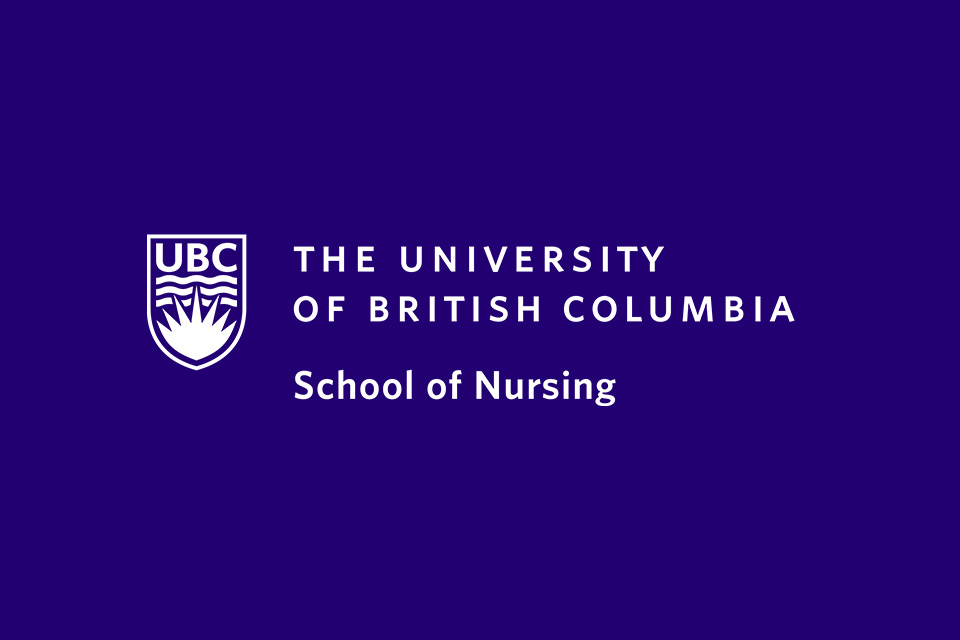
August 18, 2020
Dr. John Oliffe's Tier 1 Canada Research Chair in Men's Health Promotion is among several new and renewed research chairs announced in 2020. Below, Dr. Oliffe comments on his program of research.
The overarching aim of my CRC and MHR program is to improve the physical and mental health of men and their families by studying three major health issues:
Men’s depression and suicide:
Worldwide, men account for approximately 75% of suicides, and contributing factors can include undiagnosed and/or untreated depression, barriers to accessing or fully engaging professional care (including self- and social stigma), and social isolation. Our focus on upstream community-based and e-mental health promotion interventions for men, and knowledge translation (KT) efforts to inform clinical practice and policy makers, has responded to recommendations to de-stigmatize men’s mental illness, foster effective self-management and advance engagement with health services. Moreover, we lead the world in gender-sensitized e-mental health interventions for men with Heads Up Guys, and the CRC will enable us to accelerate our current work developing and formally evaluating two community-based interventions to reduce depression and suicide in Indigenous men.
Tobacco reduction and smoking cessation (TRSC) in fathers and men:
Despite longstanding evidence of connections between smoking and cancer, and heart and lung disease, the proportion of Canadian males who smoke is relatively high at 19.1%. Men’s smoking is also understood as relational, with the negative impact of second-and third-hand smoke on family health clearly established; yet most TRSC commentaries and interventions focused on pregnancy, post-partum and parenting have targeted women. Our innovative world-leading community-based Dads in Gear (DIG) TRSC work has contrasted this trend by highlighting the connectedness of men’s smoking to family health, and the opportunities to effectively intervene to reduce smoking amongst fathers. DIG has also been scaled to target Indigenous fathers yielding substantial health benefits to men and their families. More broadly, we have designed, implemented and evaluated the Quit Now Men’s TRSC e-health resource. With ongoing evaluations, and adjustments to these TRSC resources, we will extend our reach to help reduce male smoking rates in Canada and worldwide.
Psychosocial prostate cancer care:
Affecting 1 in 7 men, PCa is the most common male cancer in Canada.9 Moreover, men are living longer with PCa, and for many, PCa will be experienced as a chronic, long-term illness.9 Within this context, meeting the psychosocial needs of men experiencing PCa and their families is key. For more than a decade we have worked with prostate cancer support groups (PCSGs) to highlight and guide the community-based health promotion benefits provided by these survivor-led, volunteer run services. This research has also informed our ongoing work in developing and evaluating the If I Were Tom e-health resource to meet the psychosocial care needs of men (and their families) who are unable to attend PCSGs in person. The CRC will enable us to make important adjustments to this e-health resource and extend our work internationally by collaborating with Dr. Suzanne Chambers (University of Technology Sydney).
Tying the 3 men’s health issues together in the MHR program through the CRC
The aforementioned briefly details our ongoing and emergent community-based and e-health promotion interventions in mapping the next exciting steps to advance the MHR work – and by extension the health of men and their families. While our attention to these 3 men’s health issues are clearly connected through a suite of community-based and e-health interventions, the MHR program and products also shape, and are shaped by gender theory and specific research methodologies. In relation to theory, we have long worked with Connell’s masculinities framework recognizing the influence of masculine norms and ideals on men’s health behaviours, and the plurality and context dependent, relational nature of men’s health practices and outcomes. Recently, however, we have begun to build empirical insights addressing the intersections of multiple social determinants of health, distilling and operationalizing men’s masculine values and unpacking health inequities to lead men’s health promotion practices and inform policy. With the support of the CRC, I will further develop these emergent theories to advance the field and inform the interventions by which we aim to promote the health of men and their families. The MHR program has also effectively used a range of qualitative and quantitative methods to advance empirical insights and targeted interventions. Among these, photovoice has endured as a robust approach to investigating and sharing the findings pertaining to the 3 aforementioned men’s health issues. Photovoice methods involve participants taking photographs to depict their experiences and perspectives, with interviews subsequently offering men opportunities to build rich narratives to elaborate on their images (and experiences). Having used photovoice in men’s depression and suicide, dad’s TRSC and psychosocial PCa work, we are leading the field, and are well-credentialed and positioned to influence health researcher’s use of image-based methods. With the time and resources afforded by the CRC, we will more fully showcase participant-produced photographs and narratives, providing video tutorials to build photovoice methods in men’s health promotion research.
In summary, beyond the empirical contributions that advance men’s health promotion within and across these three major health issues (and their respective interventions), the MHR program offers important theory and methodological leadership to guide the field worldwide. With the support of a CRC we will also combine men’s mental and physical health research (as per the men’s depression and suicidality study with men experiencing PCa) to distill overarching principles to inform the design and evaluation of men’s health promotion interventions targeting specific health inequities.


